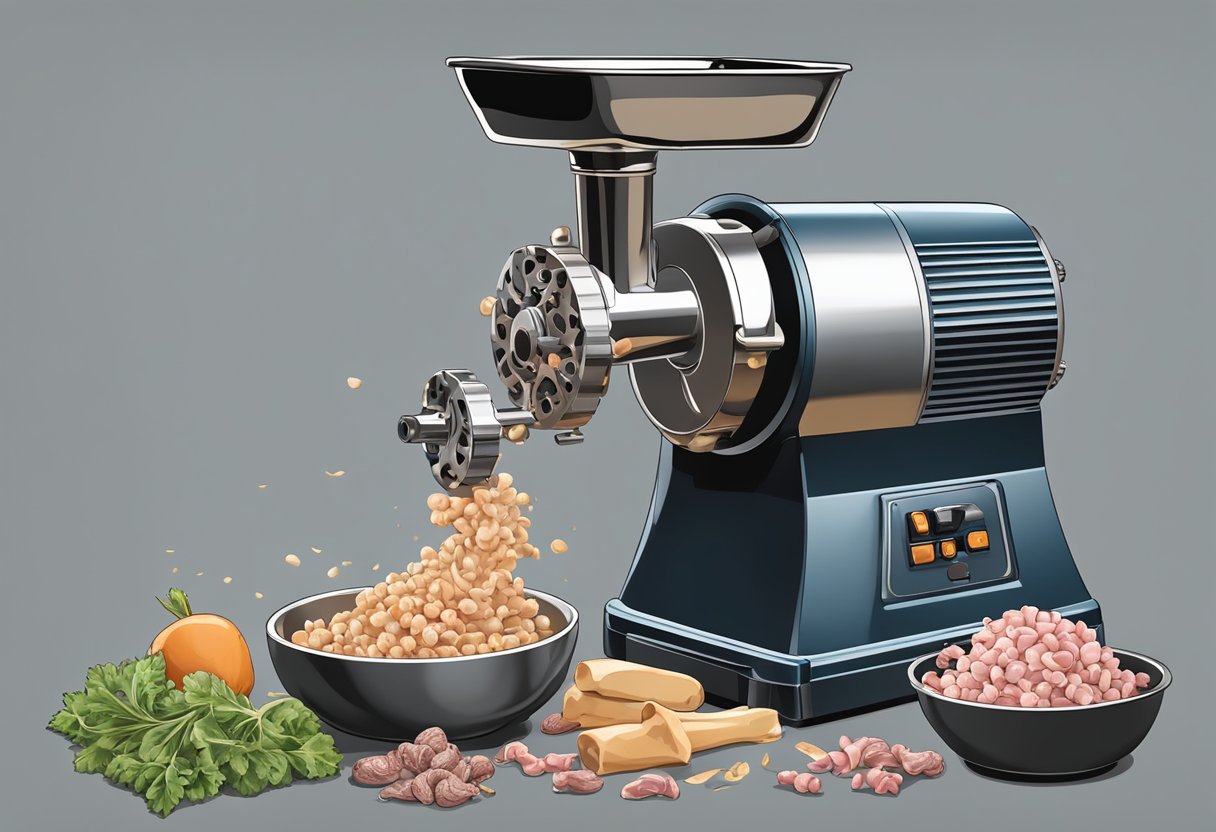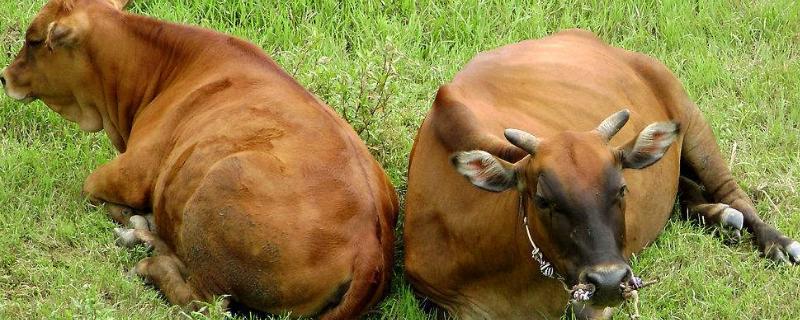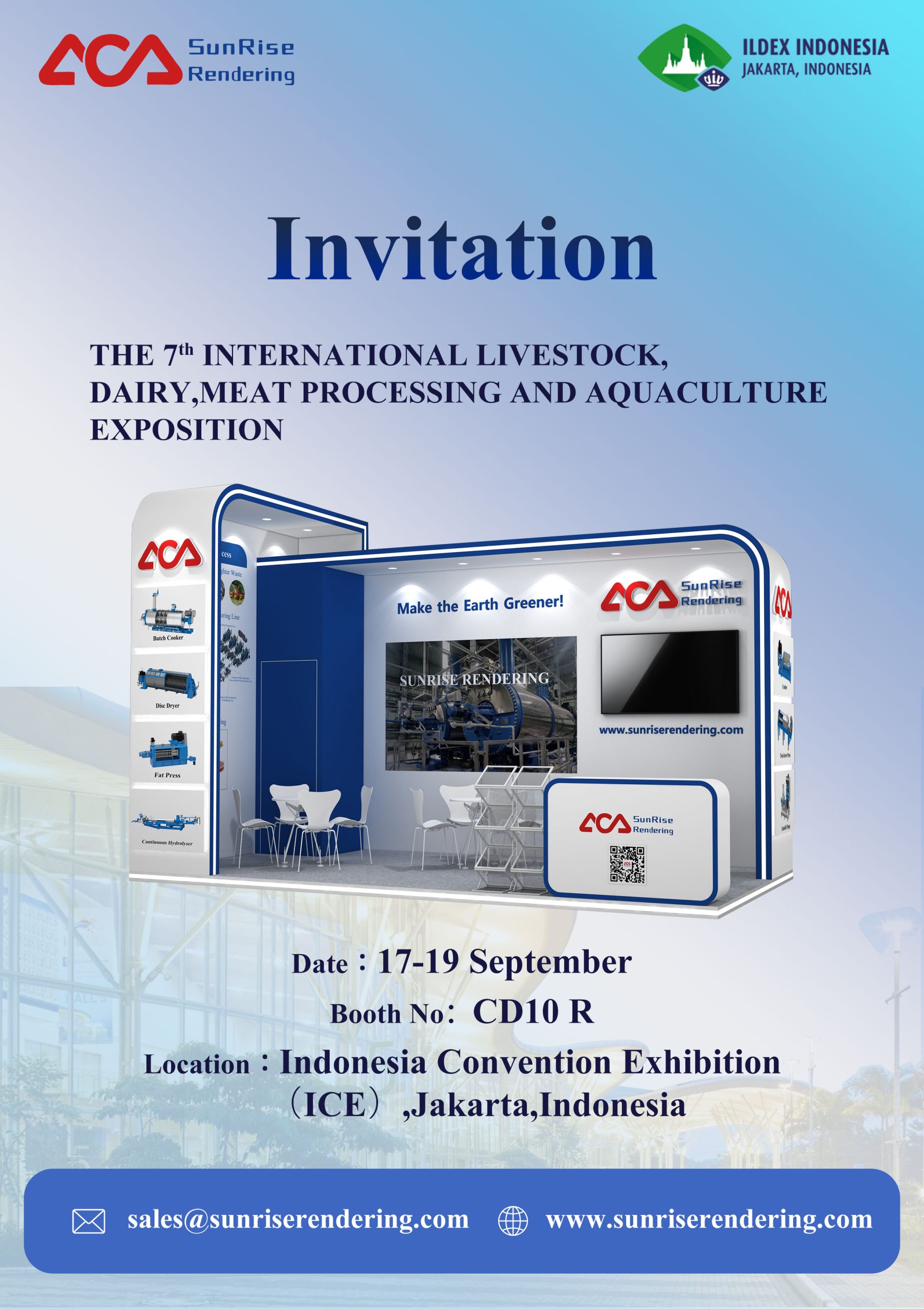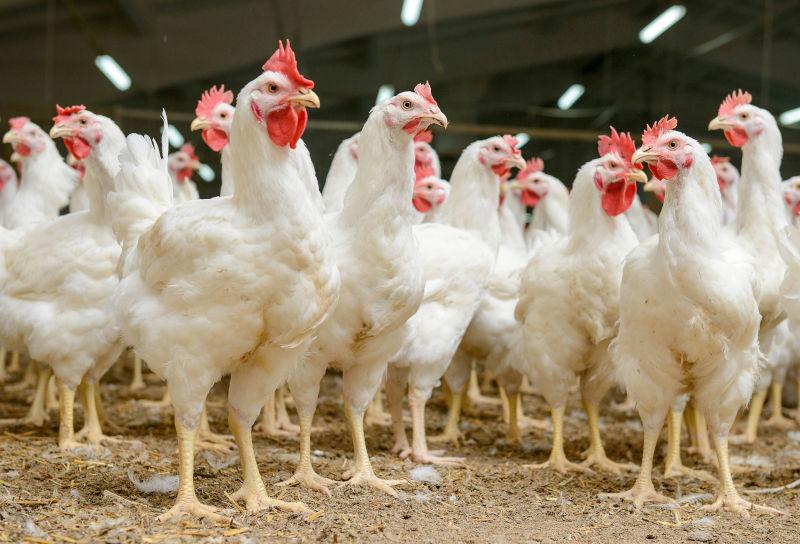
Broyeur a Viande et Os: The Ultimate Guide to Choosing and Using a Meat and Bone Grinder
Broyeur a Viande et Os: The Ultimate Guide to Choosing and Using a Meat and Bone Grinder
A broyeur a viande et os, also known as a meat and bone grinder, is a device used in the food industry to grind up meat and bones into smaller pieces for further processing. This machine is commonly used in butcher shops, meat processing plants, and other food production facilities. The broyeur a viande et os comes in various sizes and can handle different types of meat and bone.

One of the primary benefits of using a broyeur a viande et os is that it can save time and effort in the food production process. By grinding up meat and bone, the machine can create a more uniform texture, making it easier to mix with other ingredients and cook. Additionally, the machine can help reduce waste by using all parts of the animal, including bones that might otherwise be discarded.
However, the use of a broyeur a viande et os also comes with some potential risks. The machine can be dangerous if not used properly, and operators must take precautions to avoid injury. Additionally, there is a risk of contamination if the machine is not cleaned and maintained properly. Despite these risks, the broyeur a viande et os remains an important tool in the food industry for processing meat and bones efficiently and effectively.
Types of Meat and Bone Grinders

Meat and bone grinders come in different types depending on the intended use. The following are some of the common types of meat and bone grinders:
Manual Meat and Bone Grinders
Manual meat bone grinders are operated by hand and are suitable for small-scale meat grinding. They are usually made of cast iron and have a clamp-on design that allows them to be attached to a countertop or table. Manual grinders are affordable, easy to use, and easy to clean.
Electric Meat and Bone Grinders
Electric meat and bone grinders are powered by electricity and are suitable for heavy-duty meat grinding. They come in different sizes and capacities and are made of stainless steel or aluminum. Electric grinders are faster and more efficient than manual grinders and can grind large quantities of meat in a short time.
Commercial Meat and Bone Grinders
Commercial meat and bone grinders are designed for use in commercial settings such as butcher shops, meat processing plants, and restaurants. They are heavy-duty machines that can grind large quantities of meat and bone quickly and efficiently. Commercial grinders are usually made of high-quality materials such as stainless steel and are equipped with powerful motors and cutting blades.
Industrial Meat and Bone Grinders
Industrial meat and bone grinders are similar to commercial grinders but are designed for even heavier use. They are used in large-scale meat processing plants and are capable of grinding large quantities of meat and bone continuously. Industrial grinders are usually made of high-grade materials such as hardened steel and are equipped with advanced features such as automatic feeding and grinding.
In conclusion, the type of meat and bone grinder to choose depends on the intended use. Manual grinders are suitable for small-scale grinding, electric grinders are suitable for heavy-duty grinding, commercial grinders are suitable for commercial settings, and industrial grinders are suitable for large-scale meat processing.
Industrial Applications

Food Processing Industry
Broyeur a viande et os (meat and bone grinder) is commonly used in the food processing industry for grinding meat and bone into smaller sizes for further processing. This equipment is essential for the production of various meat products such as sausages, hot dogs, and ground beef. The grinder is designed to handle large volumes of meat and bone, making it an ideal tool for industrial-scale meat processing.
Rendering Plants
Rendering plants use broyeur a viande et os to process animal by-products into valuable commodities such as meat and bone meal, tallow, and grease. The grinder is used to break down large pieces of animal carcasses, including bones, into smaller sizes that can be easily handled and transported. The resulting materials are then processed further to produce various animal feed and industrial products.
Bio-Waste Management
Broyeur a viande et os is also used in bio-waste management to grind organic waste such as food scraps, animal waste, and plant material into a fine paste. This paste can be further processed into compost or used as a feedstock for anaerobic digestion to produce biogas. The grinder is an essential tool for efficient bio-waste management, as it reduces the volume of waste and facilitates further processing.
In conclusion, broyeur a viande et os is a versatile equipment that finds applications in various industrial sectors. Its ability to grind meat and bone into smaller sizes makes it an essential tool in the food processing industry, rendering plants, and bio-waste management.
Key Features to Consider

When it comes to buying a broyeur a viande et os, there are several key features to consider. These features can help you choose the right machine for your specific needs, ensuring that you get the most out of your investment.
Motor Power
One of the most important features to consider when choosing a broyeur a viande et os is the motor power. A more powerful motor will be able to handle tougher cuts of meat and bones, making it ideal for commercial use or for those who process large quantities of meat on a regular basis.
Durability
Another important consideration is the durability of the machine. Look for models made from high-quality materials that can withstand heavy use over time. Stainless steel is a popular choice for its strength and resistance to corrosion.
Safety Mechanisms
Safety is also a crucial factor when selecting a broyeur a viande et os. Look for models that come equipped with safety features such as emergency stop buttons, overload protection, and safety guards to prevent accidental injury.
Maintenance Requirements
Finally, consider the maintenance requirements of the machine. Look for models that are easy to clean and maintain, with removable parts that can be washed in a dishwasher or by hand. Regular maintenance can help extend the life of your broyeur a viande et os and ensure that it continues to perform at its best.
Overall, by considering these key features when selecting a broyeur a viande et os, you can ensure that you choose a machine that meets your needs and provides reliable performance for years to come.
Operating Principles
Grinding Mechanism
A broyeur a viande et os operates by grinding meat and bones through a mechanism that consists of a hopper, a feed screw, and a cutting blade. The hopper is where the meat and bones are placed, and the feed screw pushes them towards the cutting blade. The cutting blade then grinds the meat and bones into small pieces that are suitable for further processing or cooking.
The cutting blade in a broyeur a viande et os is typically made of high-quality stainless steel, which ensures that it remains sharp and durable over time. The feed screw is also made of stainless steel and is designed to move the meat and bones through the grinding mechanism at a consistent rate.
Discharge System
Once the meat and bones have been ground up, they need to be discharged from the broyeur a viande et os. This is typically done through a discharge system that consists of a collection tray or container and a discharge chute.
The collection tray or container is where the ground meat and bones are collected after they have been processed. It is usually made of stainless steel and is designed to be easy to clean and sanitize.
The discharge chute is where the ground meat and bones are directed after they have been collected in the collection tray or container. It is typically made of stainless steel and is designed to be easy to clean and sanitize as well.
Overall, the operating principles of a broyeur a viande et os are simple and straightforward. By grinding meat and bones through a cutting blade and discharging the ground product through a collection tray and discharge chute, this machine is able to process meat and bones quickly and efficiently.
Installation and Setup
Space Considerations
Before installing a broyeur a viande et os, it is important to consider the space requirements. These machines come in various sizes, so it is important to measure the available space in your kitchen or workspace to ensure that the machine will fit comfortably.
In addition to the physical dimensions of the machine, it is important to consider the amount of clearance required around the machine for safe operation. The manufacturer’s instructions should be consulted to determine the minimum clearance required on all sides of the machine.
Electrical Requirements
A broyeur a viande et os requires a significant amount of power to operate, so it is important to ensure that the electrical system in your workspace is adequate for the machine. The machine will typically require a dedicated electrical circuit, which should be installed by a qualified electrician.
In addition to the circuit requirements, it is important to ensure that the electrical outlet used to power the machine is compatible with the machine’s plug. The manufacturer’s instructions should be consulted to determine the specific electrical requirements of the machine.
Once the space and electrical requirements have been considered, the machine can be installed according to the manufacturer’s instructions. It is important to follow all instructions carefully to ensure safe and proper installation of the machine.
Cleaning and Maintenance Procedures
Keeping your broyeur a viande et os clean and well-maintained is crucial to ensure its longevity and performance. Here are some essential cleaning and maintenance procedures that you should follow:
- Disconnect the power supply: Before cleaning or maintaining your broyeur a viande et os, always unplug it from the power source to prevent any accidental injuries.
- Disassemble the parts: Disassemble all the removable parts of the machine, such as blades, plates, and casings. Refer to the manufacturer’s instructions to know the correct way to disassemble the parts.
- Clean the parts: Wash all the removable parts with warm soapy water and a non-abrasive sponge. Rinse the parts thoroughly with clean water and dry them with a clean cloth.
- Clean the motor housing: Wipe the motor housing with a damp cloth to remove any dust or debris. Do not use abrasive cleaners or solvents that can damage the surface.
- Lubricate the parts: Apply a food-grade lubricant to the moving parts of the machine to ensure smooth operation. Refer to the manufacturer’s instructions to know the correct type and amount of lubricant to use.
- Check for damages: Inspect all the parts for any damages or signs of wear and tear. Replace any damaged or worn-out parts immediately to prevent any accidents or malfunctions.
- Store the machine properly: After cleaning and maintenance, store the machine in a dry and clean place. Cover it with a cloth or a plastic bag to protect it from dust and moisture.
By following these simple cleaning and maintenance procedures, you can ensure that your broyeur a viande et os remains in top condition and provides you with efficient and reliable performance for years to come.
Safety Guidelines
Operator Training
Proper training is essential for anyone operating a broyeur a viande et os (meat and bone grinder). Operators should be trained in the safe operation of the machine, including how to properly load and unload it, how to maintain it, and how to react in case of an emergency. Training should be provided by a qualified trainer and should be ongoing to ensure that operators remain up-to-date on the latest safety procedures.
Emergency Protocols
In case of an emergency, it is important to have clear protocols in place to ensure the safety of all workers. Emergency protocols should include procedures for shutting down the machine, evacuating the area, and providing first aid to any injured workers. All workers should be trained in these protocols and should know how to react in case of an emergency.
To prevent accidents, it is important to follow these safety guidelines when operating a broyeur a viande et os:
- Always wear appropriate personal protective equipment (PPE), such as gloves, safety glasses, and ear protection.
- Never operate the machine without the safety guards in place.
- Never overload the machine beyond its capacity.
- Never attempt to clear the machine while it is still running.
- Always disconnect the machine from the power source before performing any maintenance or cleaning.
- Regularly inspect the machine for any signs of wear or damage and repair or replace any damaged parts immediately.
By following these safety guidelines and providing proper training to operators, the risk of accidents and injuries can be greatly reduced.
Regulatory Compliance and Standards
When it comes to purchasing a broyeur a viande et os, it is important to ensure that the product meets the necessary regulatory compliance and standards. This ensures that the product is safe to use and meets the necessary requirements for use in the intended environment.
One important standard to consider is the CE marking. This marking indicates that the product meets the essential health and safety requirements set out by the European Union. It is a legal requirement for products sold within the EU and ensures that the product is safe to use.
Another important standard to consider is the NSF International certification. This certification indicates that the product has been tested and meets the necessary standards for food safety and sanitation. This is particularly important for broyeur a viande et os used in commercial kitchens or food processing facilities.
In addition to these standards, it is important to ensure that the product meets any local regulations and requirements. This may include specific safety requirements or certifications for use in certain industries.
Overall, it is important to carefully consider the regulatory compliance and standards of a broyeur a viande et os before making a purchase. This ensures that the product is safe to use and meets the necessary requirements for its intended use.
Advancements and Innovations
Broyeur a viande et os technology has advanced significantly in recent years, resulting in more efficient and effective machines. One of the most notable innovations is the use of stainless steel in the construction of the grinder’s components. This material is highly durable and resistant to corrosion, ensuring that the machine remains in good condition for longer periods.
Another significant advancement is the use of powerful motors that can handle large quantities of meat and bones. These motors are designed to operate at high speeds, which reduces the processing time and increases productivity. Additionally, some of the latest models come with safety features such as automatic shut-off mechanisms, which prevent accidents and injuries.
Manufacturers have also introduced new designs that make the broyeur a viande et os more user-friendly. For instance, some machines come with detachable parts that can be easily cleaned and assembled. This feature is particularly important for commercial use, where hygiene is crucial.
Furthermore, some models have adjustable settings that allow the user to control the texture and consistency of the ground meat. This feature is essential for chefs and butchers who require specific textures for different recipes.
Overall, the advancements and innovations in broyeur a viande et os technology have made it easier and more efficient to process meat and bones. With the increasing demand for processed meat products, it is expected that manufacturers will continue to develop more advanced and user-friendly machines.
Categories
Recent Posts
-
Five Steps to Efficient Cattle Dead Handling on Cattle Farms:SunRise Helps with Compliance and Loss Reduction
October 9, 2025 -
Invitation Letter for the 2025 Indonesia Livestock Expo
September 2, 2025 -
A guide to Scientists poultry farming on farms: reducing costs, increasing efficiency, and protecting the ecosystem
August 27, 2025



